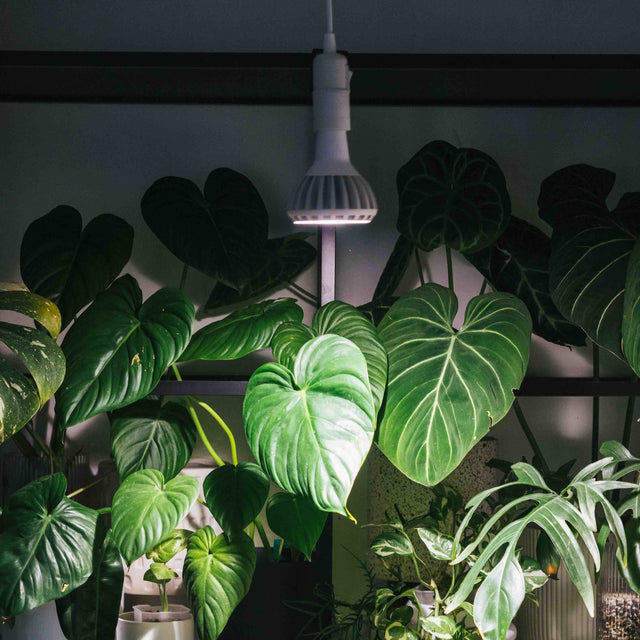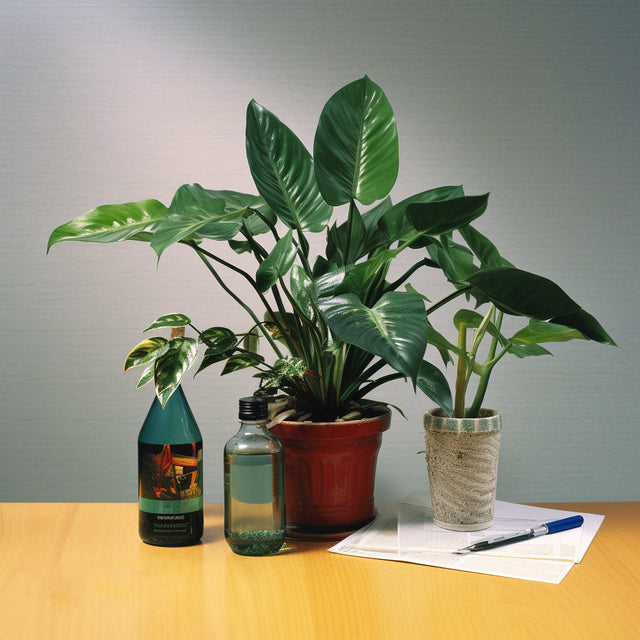Ever experienced brown, withered leaves or a lack of flowers on your indoor plants? It might well be due to the amount of water vapour in the air. Humidity significantly influences processes like transpiration, photosynthesis, and respiration and therefore, understanding humidity levels is key.

For most plants, an ideal humidity level is between 40-60%. However, it's important to note that this can vary for different plant species, which is why, in our Indoor Plant Appendix we have included the ideal humidity range for the most popular indoor plants.
Too much humidity can cause blockages in the tiny openings on the plant's leaves, known as stomata, making it challenging for the plant to breathe, absorb carbon dioxide, and produce food. This can lead to decreased photosynthesis and increase the risk of fungal or bacterial growth.
Conversely, low humidity levels can lead to increased transpiration, making it challenging for the plant to maintain its firmness and absorb water and nutrients. This can cause wilting, leaving the plant vulnerable and potentially reducing its ability to grow and thrive.
So, what can be done to ensure that humidity levels are optimal for plants? One solution is to use a humidifier or a pebble tray to increase humidity levels in the air. Another solution is to group plants together, as they can create a microclimate of higher humidity around them.
To sum up, proper humidity control is necessary for optimal growth and development of plants, as different seeds require different levels of moisture for germination.
Practical guide on checking humidity
-
Get a hygrometer to measure humidity levels.
-
Determine the ideal humidity range for your indoor plant using our Indoor Plant Appendix.
-
Place the hygrometer near the plant, at the same height as the leaves.
-
Record the humidity level and adjust as necessary: Use a humidifier to increase humidity or a dehumidifier to decrease it. You can also place a pebble tray filled with water near your plant to increase humidity.
-
Monitor the humidity level regularly, and make adjustments as needed to keep it within the ideal range for your plant. If you notice signs of distress, like wilting or brown, crispy leaves, check the humidity level immediately to see if it needs to be adjusted.
💡 Key Takeaway: Humidity impacts plant health by influencing transpiration, photosynthesis, and respiration. Most indoor plants thrive in 40-60% humidity, though specific needs vary. Excess humidity can block stomata and increase fungal risks, while low humidity can cause wilting and reduce nutrient absorption. To maintain optimal levels, use humidifiers, pebble trays, or group plants together. Proper humidity control is essential for healthy plant growth.
Find similar articles:
Plant CareMore stories

Knowing the ideal temperature for your plants
